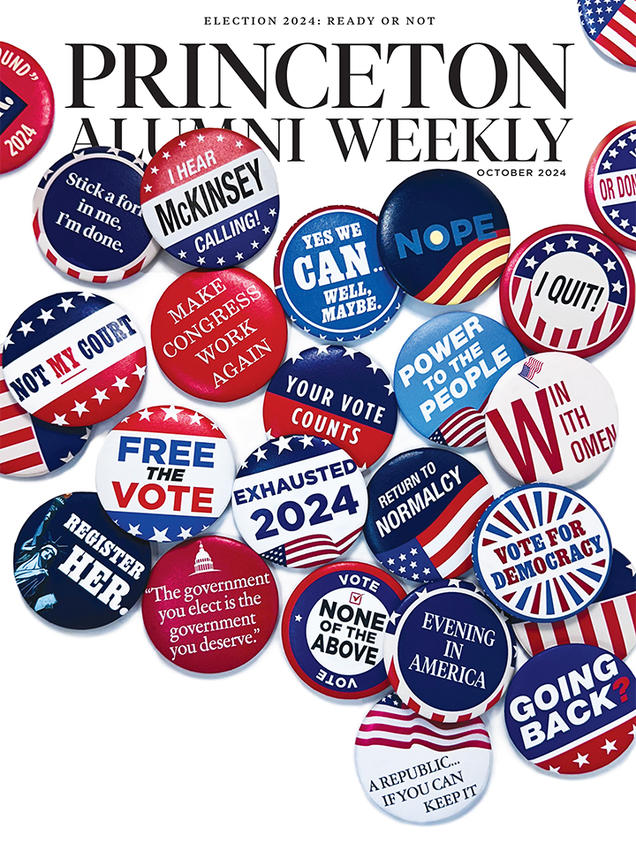John P. Withers Jr. ’65

John died Aug. 20, 2018, at home in Los Altos, Calif., after a lengthy battle with pulmonary fibrosis. During his final months he even flew cross-country to visit classmates and friends.
He was born and raised in Greensboro, N.C., and graduated from Woodberry Forest School in Orange, Va., before attending Princeton.
At Princeton John majored in English, studying under Hemingway scholar Carlos Baker and taking his meals at Cottage Club, where he served as social chairman our senior year. His roommates included Gilpin, Margraf, Lewis Morris, Tom Parrish, and in his senior year, Alford. John remained close to them all the rest of his life. After graduation, he joined the Army Reserves and earned an MBA from Stanford in 1970.
Part of his training involved flipping burgers at McDonald’s during high school, which led to his long-term ownership of the legendary Palo Alto restaurant Kirk’s Steakburgers, which had a wide following including many classmates who settled in that area, all preceded by a variety of entrepreneurial stops in between.
John was predeceased by his wife, Sandy. He is survived by daughter Callie; sons Jake and Charlie; Charlie’s wife, Stephanie; and three grandchildren. We all send our condolences to them on the loss of this upbeat, positive, and energetic classmate.
Paw in print

October 2024
Exit interviews with alumni retiring from Congress; the Supreme Court’s seismic shift; higher education on the ballot
Book Club.
Join and Read With Us.

